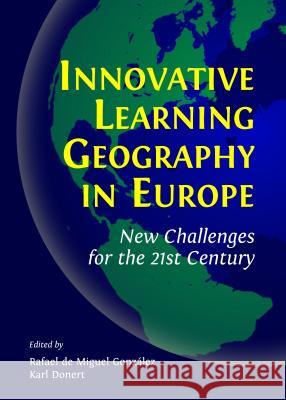Innovative Learning Geography in Europe: New Challenges for the 21st Century » książka
Innovative Learning Geography in Europe: New Challenges for the 21st Century
ISBN-13: 9781443855082 / Angielski / Twarda / 2014 / 245 str.
Opportunities for developing innovative approaches in teaching and learning geography have been rapidly increasing in recent years. This is in part because of the spread of new technologies that allow access to geographic information and geographic geo-media resources. These new tools offer broad access to information and open data sources. They have revolutionised the way in which teachers of geography can work with pupils and students. Education for Digital Earth is now possible. As such, the exclusive use of traditional approaches to the teaching of geography is no longer reasonable today.The European Commission-funded network initiative, digital-earth.eu, promotes innovation and best practices in the implementation of geo-media as a digital learning environment for school learning and teaching. This book, supported by EUROGEO, analyses the main challenges facing geographical education - curriculum, methodology, teacher education and training and geospatial technologies - and illustrates different examples of the use of geoinformation in geographical education in several European countries.











